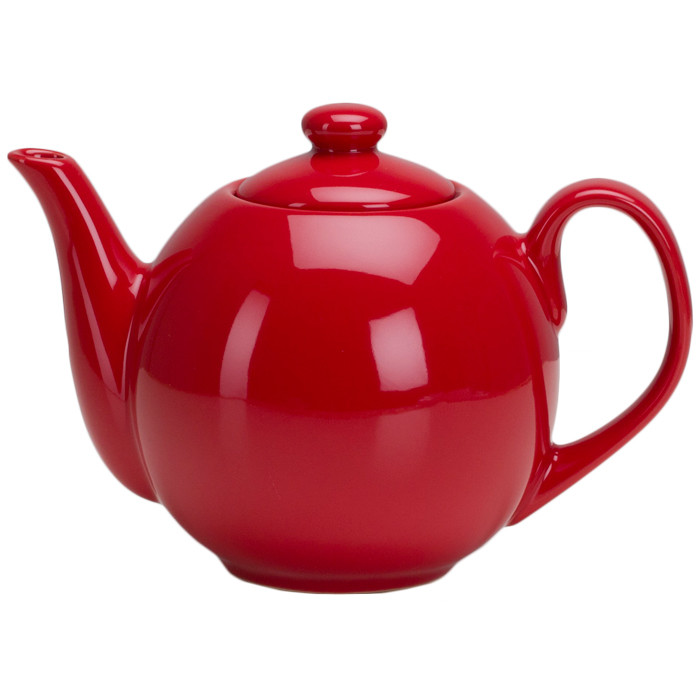All the Tea in China
China is to tea what France is to wine. The tea bush Camelia sinensis—meaning Chinese varietal— is named in honor of tea’s ancient country of origin. The varieties of teas coming from this country are countless with some estimates reaching eight to ten thousand.
With such a vast array of teas grown and produced in 16 different regions, China is the world’s largest tea producer and the source of all the tea thrown overboard in Boston in 1773. While Sri Lanka and Kenya with their giant tea estates export more leaf tonnage, China still supplies 18 percent of world tea exports.
Tea bushes growing in the high altitudes of many Chinese mountainous regions stop growing during the cold winter months and start to flush again with new growth in the early spring. The harvest season in China runs from March to late September and the best teas are made from leaf buds and leaves that are gathered in the spring from high mountain areas.
The names by which different Chinese teas are sold can be confusing. Names may give information about the garden where the tea grew, the time of year when the leaves were picked, the village or province of origin, the method of manufacture, added flavors or perhaps a legendary name.
Unlike the larger tea estates of the Indian subcontinent, Chinese tea gardens are often small family-owned plots or tea cooperatives where leaves from many growers are collected for processing. The skills needed for tea manufacture are passed down from one generation to another and many of China’s finest teas continue to be made by hand.
Start your Chinese tea collection with these legendary varieties:
Silver Needle Produced in Fujian province, this exquisite white tea is made only from new leaf buds that are picked before they start to open. The neatly pointed silver buds stand upright in the water to give a pale yellow liquor that is smooth, sweet and extremely elegant. This ancient tea is quite expensive but it can yield multiple infusions.
Lung Ching China’s best known green tea is often called Dragon Well after the village where it originates in the Zhejiang province. President Richard Nixon drank this tea in a nearby guest house during his historic visit here with Mao Tse-tung. The finest quality Lung Ching may consist of thirty thousand hand plucked young shoots which are withered, fired in a wok, and flattened by the skilled hands of a master tea artisan.
Ti Kuan Yin Probably the best known Chinese oolong, this aromatic and deeply nuanced tea comes from Central Fujian province. It is named Goddess of Mercy in honor of a legendary statue that stood in a temple near the tea’s origin. The slightly twisted leaves unfurl to release a honey-colored liquor and orchid-like aroma. The tea yields multiple infusions.
Keemun This shiny black tea is named after the area where it is produced—Qimen in Anhui province. Keemuns come in different grades but all have a similar jet-black appearance and are often used as a base for flavored teas. Many American blenders also use this tea in their English Breakfast blends because it binds well with milk. The coppery brew has a sweet floral aroma and a satisfying rich winey flavor with a bit of earthiness.





